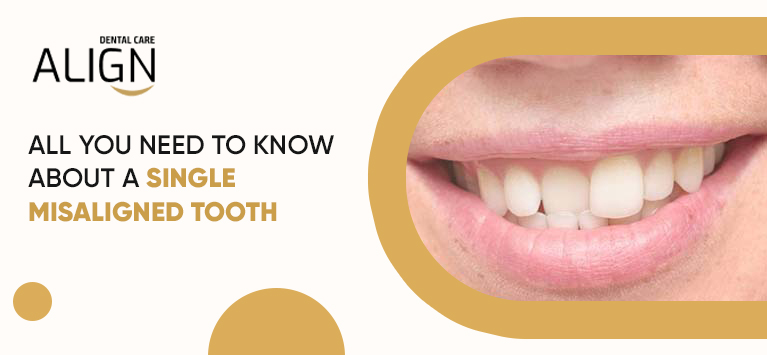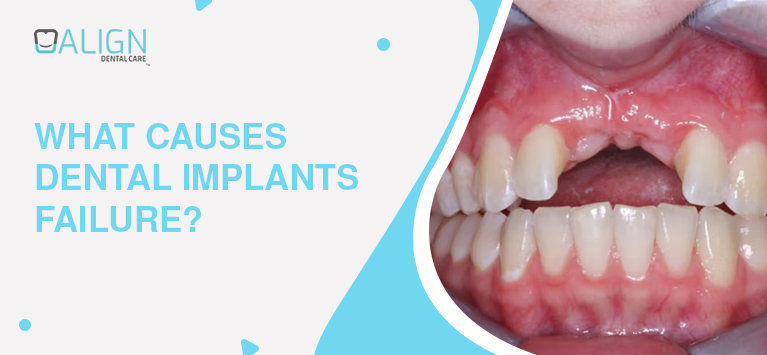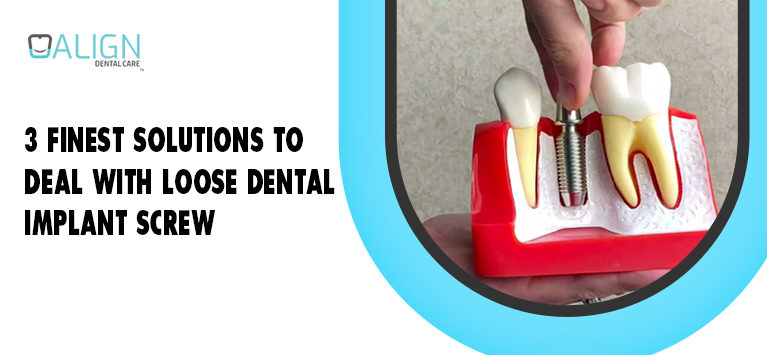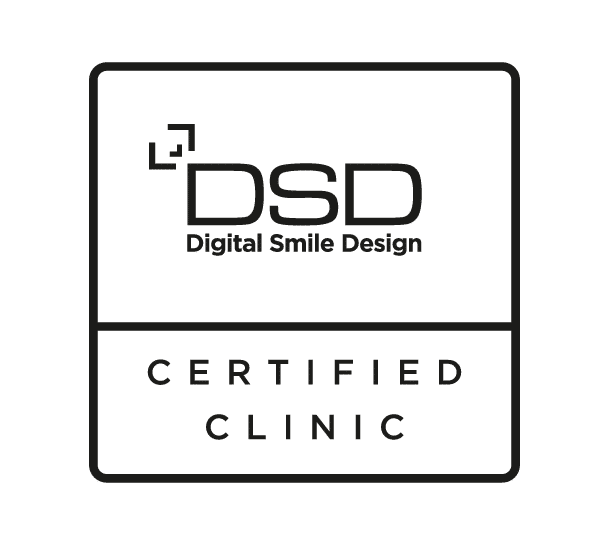
Dental Bone Grafting alternative techniques
Bone grafting is a surgical procedure that helps in building up the lost bone in the jaw. It is generally performed for people who do not have enough bone volume in their jaw before fixing dental implants. You might know that the success rate of implants embedded in the eroded jaw bone is relatively low. So, dentists prefer a solution to manually rebuilt the bone to provide a dense and strong foundation for the implant teeth.
The technique of bone graft takes several months to heal. However, oral specialists incorporate advanced solutions like Platelet Rich Plasma (PRP) Therapy with bone grafts to fasten the healing process.
Similarly, technological advancements have brought some alternate solutions for bone grafting in dentistry. Our dental surgeons have explained them here. Keep reading to know more.
How do dentists perform Bone Grafting surgery?
Beginning from making a small incision in the gum tissue, the surgeon places a grafting material is placed in the required site for bone regeneration. Occasionally, dental screws are required to hold the material in its place. Then the graft materials blend with the existing natural bone and develop a new bone.
Here are the highly utilized bone graft materials in dentistry:
- Autograft – The bone taken from other parts of the patient’s body, usually taken from the hip or the chin.
- Allograft – The bone or tissue transplanted from another person.
- Xenograft – The grafting material obtained from animals.
- Alloplastic – The synthetic bone graft is made up of hydroxyapatite, the primary mineral component of bone.
Even though this provides a strong framework for teeth implants, the technique has certain inconveniences. Prolonged healing time is its major drawback because the natural bone will take more time to fuse with the graft materials.
Similarly, implant failure also happens in the grafted bone but it occurs on rare occasions.
What are the alternatives to bone grafting available for getting tooth implants?
Implant specialists recommend the following surgical procedures as alternate solutions for bone graft surgery:
1) Ridge Expansion – The procedure involves splitting the bone with surgical instruments to enlarge the maxilla. Keep in mind that this technique is apt for the upper jaw only because the lower jaw is a compact bone. As the dimensions of the jaw bone are restored surgically, it will give a space for fixing implants.
2) Alveolar distraction osteogenesis – This is a kind of ridge augmentation procedure performed to elevate the lower jaw height. As it involves lengthening of the mandible and maxilla using intraosseous & extraosseous devices, the volume of bone is increased and makes space for implant placement. This is helpful for people who have cleft maxillary tumor defects in the maxillofacial region.
3) Socket Preservation – Also known as Alveolar Ridge Preservation involves many techniques to reduce the bone erosion in the site of a missing tooth. It aims at preventing bone loss that happens naturally due to the absence of stimulants.
Besides these, you have 2 different implants that are anchored with other bony structures in the skull and have an immediate loading protocol.
- Pterygoid dental implants – These implants are fixed over the pterygoid plates that have paired and sturdy cortical bone.
- Zygomatic dental implants – They are self-tapping screws embedded in the cheekbone (or zygomatic bone).
Bottom line
People who have thin, soft, and extensive bone loss in their jawbone have less success rate for implant surgery. Such bone loss will occur naturally if missing teeth are left untreated. Meanwhile, factors like smoking, poor oral care, gum infections quicken bone loss.
This leads those persons to need bone grafting technique which is quite time-consuming. Luckily, you have certain alternative solutions that also ensure you natural-looking & durable implant teeth.




















